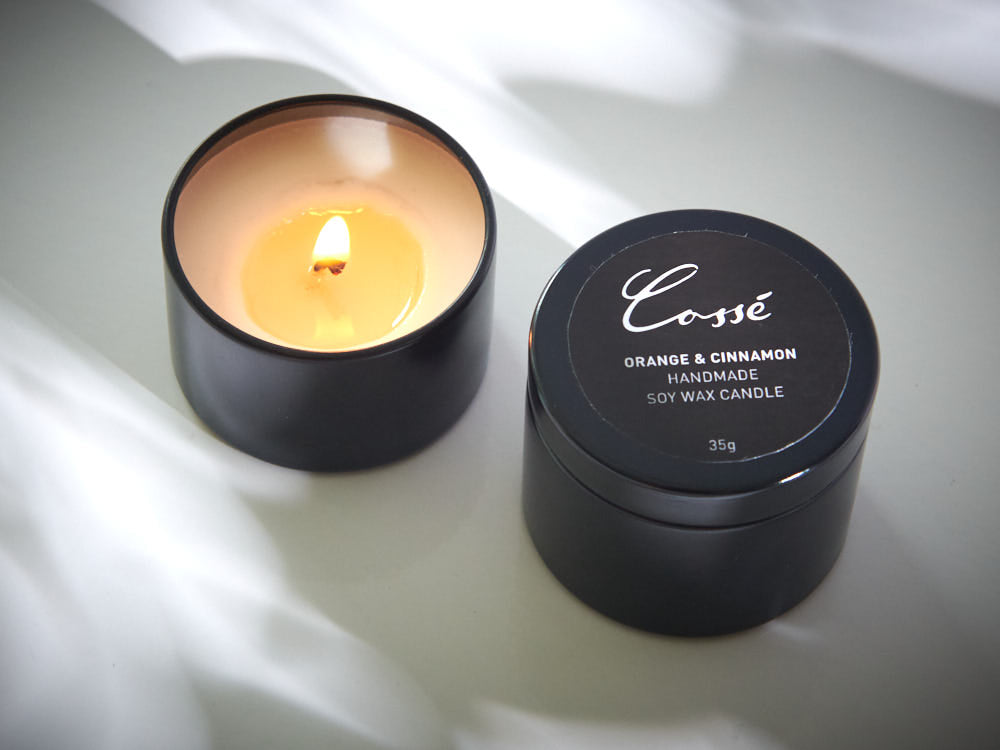Elevate Your Space with Costs Soy Wax Candles and Home Fragrance
Elevate Your Space with Costs Soy Wax Candles and Home Fragrance
Blog Article
From Wick to Wax: Recognizing the Chemistry Behind Soy Wax Candles and Their Environmental Effect
As we brighten our areas with the cozy radiance of candles, there lies a world of complex chemistry behind the seemingly basic act of lighting a soy wax candle light. The choice in between soy and paraffin wax extends beyond plain appearances, delving into the realm of ecological effect and the extremely composition of the products. Recognizing the molecular framework of soy wax and its combustion procedure clarifies the exhausts released right into our environments. Join us as we decipher the scientific intricacies behind soy wax candles and explore their ramifications on our atmosphere.
Soy Wax Vs. Paraffin Wax
When comparing soy wax and paraffin wax for candle making, it is crucial to understand the unique attributes and advantages of each product. Soy wax is an all-natural, renewable energy originated from soybean oil, making it green and eco-friendly - crystal soy candles. In comparison, paraffin wax is a by-product of petroleum refining, which elevates issues regarding its environmental impact and sustainability
Soy wax candles burn cleaner and release less soot compared to paraffin wax candle lights, making them a much healthier option for interior air high quality. In addition, soy wax has a reduced melting point, permitting a longer-lasting candle that disperses scent better. Paraffin wax, on the various other hand, has a tendency to burn faster and much less cleanly, potentially launching unsafe chemicals right into the air.
From a sustainability perspective, soy wax is favored for its biodegradability and eco-friendly sourcing, lining up with the growing customer choice for ecologically mindful products. While paraffin wax has actually been a standard selection in candle light making because of its affordability and convenience of use, the change in the direction of green options like soy wax is acquiring energy in the industry.
Chemical Make-up of Soy Wax

Burning Refine in Soy Candles
The chemical make-up of soy wax straight affects the burning procedure in soy candles, impacting elements such as melt time, scent release, and ecological impact. When a soy candle light is lit, the warmth from the fire thaws the wax near the wick. This fluid wax is then drawn up the wick due to capillary activity. As the fluid wax reaches the fire, it goes through and evaporates burning. The burning procedure involves the vaporized hydrocarbons in the wax responding with oxygen airborne to produce warmth, light, water vapor, and carbon dioxide.
The burning performance of soy candle lights is influenced by the pureness of the soy wax and the quality of the wick. A clean-burning soy candle light with an effectively sized wick will produce a steady flame and lessen soot development. This not only prolongs the melt time of the candle light but additionally boosts the release of scents. Additionally, soy wax candles have a reduced ecological influence contrasted to paraffin candle lights because of their naturally degradable and eco-friendly nature.

Ecological Benefits of Soy Wax

Taken into consideration a sustainable alternative to standard paraffin wax, soy wax supplies remarkable ecological benefits that make it a preferred choice among eco-conscious consumers. Soy wax burns cleaner and creates much less soot than paraffin wax, contributing to much better indoor air top quality and decreasing the need for cleaning and maintenance. Generally, the ecological benefits of soy wax straighten with the growing need for environment-friendly and lasting products in the market.
Recycling and Disposal Factors To Consider
Recycling and correct disposal of soy wax candle lights play an essential function in keeping ecological sustainability and lowering waste in houses and areas. When it comes to recycling soy wax candles, the very first step is to make certain that the candle has shed entirely.

In terms of disposal, if recycling is not an alternative, soy wax candles are naturally degradable and can be securely taken care of in the majority of household waste systems. It is constantly advised to examine with regional recycling facilities or waste monitoring solutions for particular standards on candle light disposal to guarantee correct handling and ecological security.
Verdict
To conclude, the chemistry behind soy wax candles discloses their ecological advantages over paraffin wax candle lights. Soy wax, originated from soybean oil, burns cleaner and creates less soot when compared to paraffin wax. The burning process in soy candles is extra effective, leading to a longer and a lot more also shed. Furthermore, soy wax is eco-friendly and naturally degradable, making it a much more sustainable choice for candle light manufacturing. Recycling and proper disposal of soy wax candle lights better add to their environmental impact.
When contrasting soy wax and paraffin wax for candle production, it is important to comprehend the unique characteristics and benefits of each product (soy candles).Soy wax candle lights melt cleaner and give off much less residue contrasted to paraffin wax candles, making them a healthier option for indoor air quality.Taken into consideration a sustainable alternative to typical paraffin wax, soy wax provides noteworthy ecological benefits that make it a preferred choice amongst eco-conscious customers. Soy wax burns cleaner and produces less soot than paraffin wax, adding to far better indoor air top quality and reducing the demand for cleaning soy candles and maintenance.In verdict, the chemistry behind soy wax candle lights reveals their environmental benefits over paraffin wax candle lights
Report this page